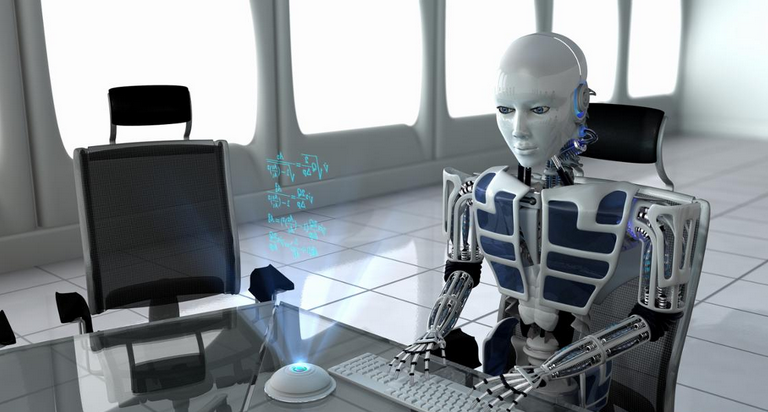Mastering IT Vendor Management
In today’s fast-paced and interconnected world, businesses rely heavily on technology to stay competitive. From cloud services to software applications, companies often find themselves juggling multiple IT vendors to meet their diverse needs. However, managing these vendors can be a daunting task, akin to juggling multiple balls in the air. We will explore the art of juggling and mastering IT vendor management, discussing the challenges faced by businesses, the evolving role of the CTO, and strategies for effective vendor management.
The Challenges of IT Vendor Management
The Vendor Landscape
The IT vendor landscape has evolved significantly over the years, with an increasing number of vendors offering specialized services. From infrastructure providers to software developers, businesses have a wide range of options to choose from. While this variety is beneficial, it also presents challenges in terms of vendor selection, contract negotiation, and ongoing management.
Vendor Overload
As businesses grow, their technology needs become more complex, leading to an expansion in the number of IT vendors they engage with. Each vendor comes with its own set of contracts, service-level agreements (SLAs), and support channels. Managing multiple vendors can quickly become overwhelming, especially when issues arise or when coordination between vendors is required.
Cost Control
Another challenge in vendor management is cost control. With multiple vendors providing different services, it can be difficult to keep track of expenses and ensure that the company is getting the best value for its money. Additionally, vendors may have different pricing models, making it challenging to compare costs accurately.
The Evolving Role of the CTO
From Technologist to Strategist
Traditionally, the Chief Technology Officer (CTO) has been responsible for overseeing the technical aspects of a company’s operations. However, as technology becomes increasingly intertwined with business strategy, the role of the CTO is evolving. Today, CTOs are expected to be strategic leaders who can align technology initiatives with the company’s overall goals and objectives.
Vendor Management as a Core Competency
In this evolving landscape, vendor management has become a core competency for CTOs. Effective vendor management enables CTOs to optimize technology investments, mitigate risks, and ensure that the company’s technology ecosystem is aligned with its strategic objectives. By mastering the art of juggling vendors, CTOs can position themselves as valuable contributors to the company’s success.
Balancing Innovation and Stability
One of the key challenges for CTOs is striking the right balance between innovation and stability. On one hand, CTOs need to drive innovation by exploring new technologies and engaging with innovative vendors. On the other hand, they must ensure that the company’s technology infrastructure remains stable and reliable. Juggling multiple vendors requires CTOs to carefully assess the risks and benefits of each vendor’s offerings to strike this delicate balance.
Strategies for Effective Vendor Management
Vendor Selection and Evaluation
The first step in effective vendor management is selecting the right vendors. CTOs should conduct thorough evaluations, considering factors such as vendor reputation, expertise, financial stability, and alignment with the company’s goals. It is also crucial to assess the vendor’s ability to scale and adapt to future needs, as technology requirements evolve rapidly.
Contract Negotiation
Negotiating contracts with vendors is a critical aspect of vendor management. CTOs should ensure that contracts include clear SLAs, performance metrics, and escalation procedures. Additionally, contracts should address issues such as data security, intellectual property rights, and termination clauses. Negotiating favorable terms and conditions can help mitigate risks and ensure a mutually beneficial relationship with vendors.
Establishing Effective Communication Channels
Establishing effective communication channels with vendors is essential for smooth operations. CTOs should define clear points of contact and establish regular communication channels to address issues, provide feedback, and monitor performance. Regular meetings and status updates can help build strong relationships with vendors and foster collaboration.
Additional Strategies for Effective Vendor Management
Vendor Relationship Management
Building strong relationships with vendors is crucial for successful vendor management. CTOs should invest time and effort in understanding their vendors’ capabilities, goals, and challenges. By fostering open and transparent communication, CTOs can collaborate with vendors to identify opportunities for improvement, address issues proactively, and align technology initiatives with business objectives.
Performance Monitoring and Evaluation
Regularly monitoring and evaluating vendor performance is essential to ensure that they are meeting their contractual obligations. CTOs should establish key performance indicators (KPIs) and metrics to measure vendor performance. By tracking performance, CTOs can identify areas for improvement, address any deviations from agreed-upon SLAs, and make informed decisions about vendor relationships.
Vendor Consolidation
As the number of vendors increases, so does the complexity of vendor management. CTOs should consider vendor consolidation as a strategy to simplify vendor management and reduce costs. By consolidating vendors, CTOs can streamline processes, negotiate better pricing, and improve coordination between vendors. However, it is important to carefully assess the impact of vendor consolidation on the company’s technology ecosystem and ensure that critical services are not compromised.
Continuous Vendor Evaluation
Vendor evaluation should not be a one-time activity. CTOs should continuously assess their vendors’ performance, capabilities, and alignment with the company’s goals. As technology evolves, new vendors may emerge with innovative solutions that can better meet the company’s needs. By staying informed about market trends and evaluating vendors regularly, CTOs can ensure that their vendor portfolio remains optimized and aligned with the company’s strategic direction.
Final Thoughts
Mastering the art of juggling IT vendors is a challenging but necessary skill for today’s CTOs. By understanding the challenges of IT vendor management, embracing the evolving role of the CTO, and implementing effective strategies, businesses can navigate the complex vendor landscape with confidence. From vendor selection and contract negotiation to building strong relationships and continuously evaluating vendors, CTOs play a critical role in ensuring that technology investments deliver value and drive business success. As technology continues to advance, the future of IT vendor management will undoubtedly bring new challenges and opportunities. However, by staying adaptable and proactive, CTOs can continue to master the art of juggling and drive their companies towards a successful and innovative future.



hello
hello